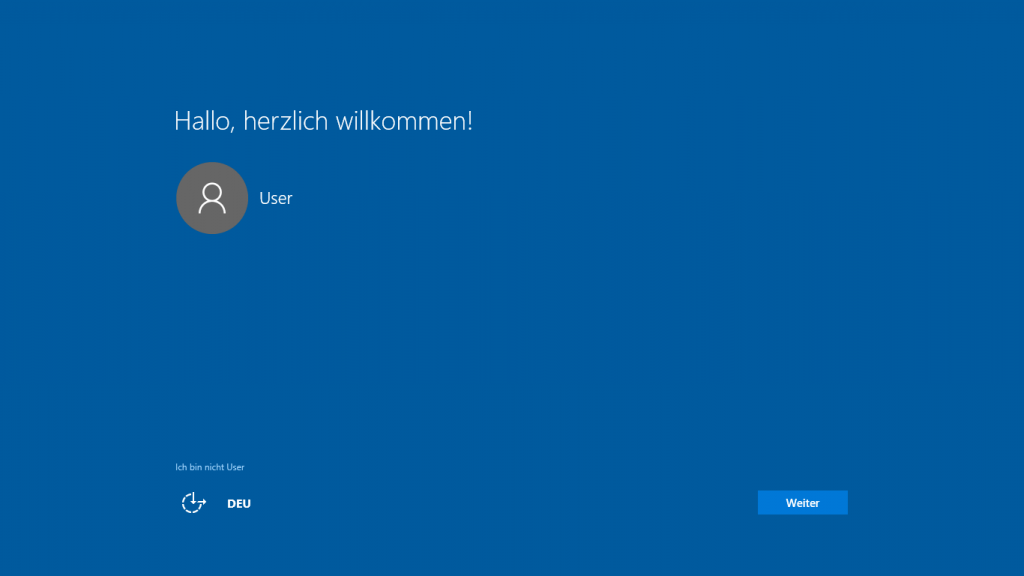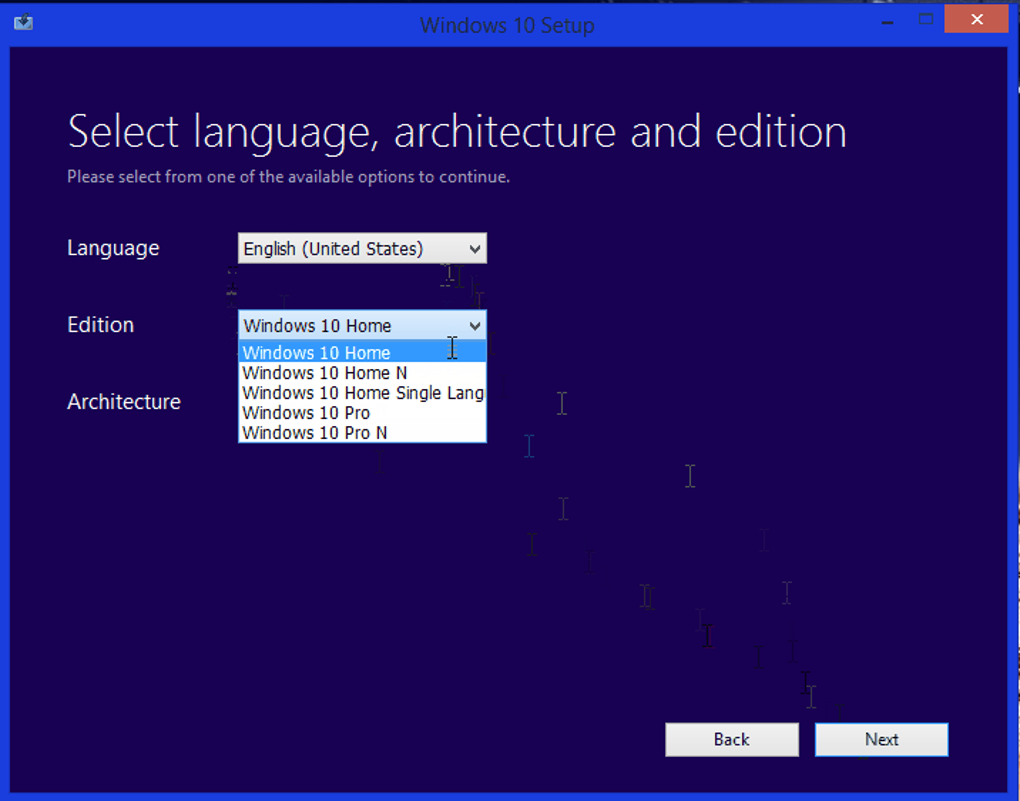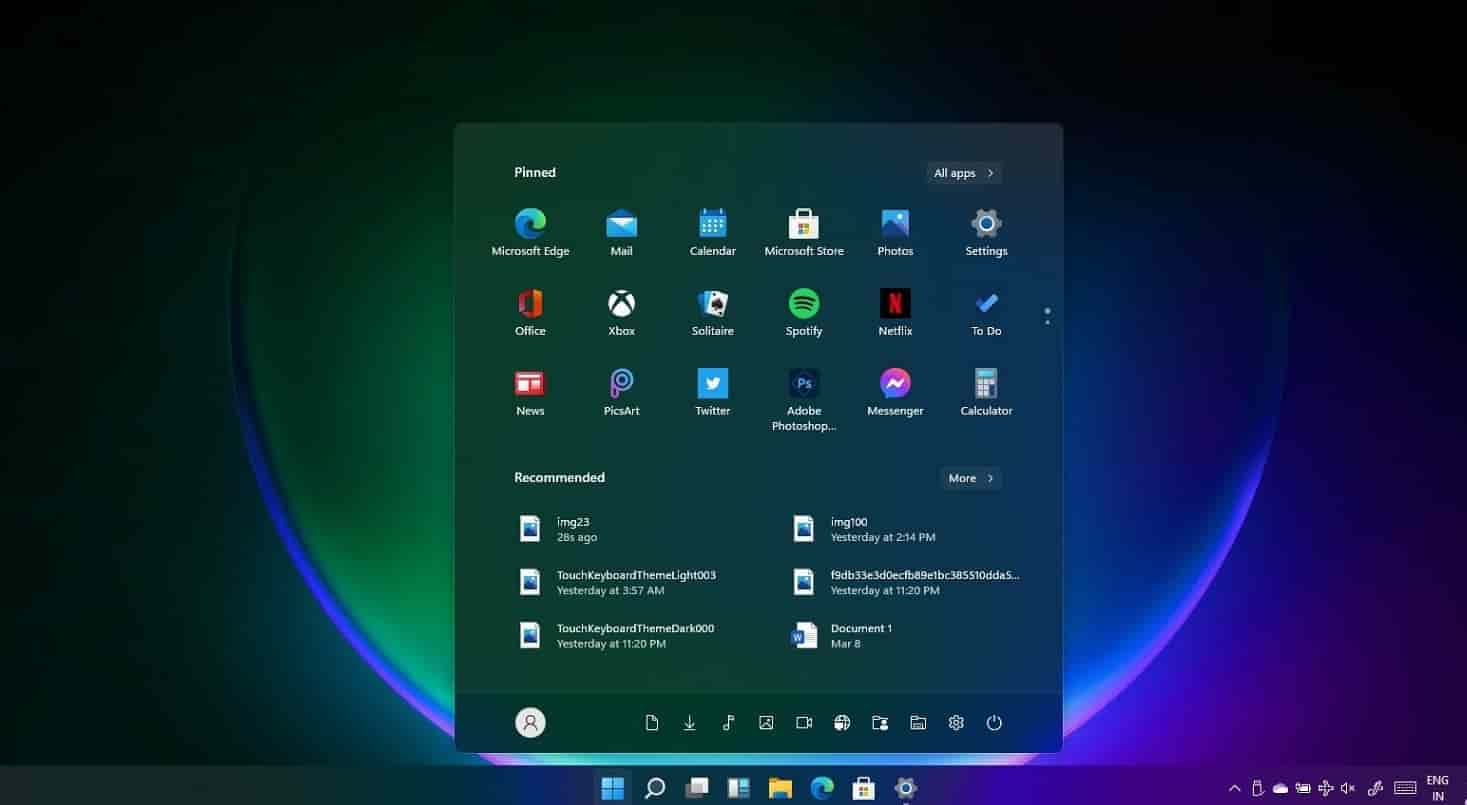
If you are using a new computer with UEFI/EFI, make sure that the Boot Legacy option is enabled: A Boot Device menu can look like this, depending on your computer model and Windows version: If a Boot Device menu doesn’t appear on your screen where the USB drive is plugged-in, check the BIOS/UEFI settings. To make sure that your BIOS/UEFI is configured to boot from a USB drive, follow our Boot from USB drive guide. The USB drive you want to make bootable should have at least 4 GB in available size.
#MEDIA CREATION TOOL WINDOWS 8 USB SOFTWARE#
Software needed to write the ISO image to the USB drive or alternatives, such as Easy USB Creator 2.0 by NeoSmart or the Windows 7 USB/DVD Download Tool by Microsoft.

If you have the original Windows installation disc, you can use that instead of the ISO image.
#MEDIA CREATION TOOL WINDOWS 8 USB INSTALL#
7.2 Download Windows 7 USB/DVD Download Toolīefore you start creating a bootable USB flash drive to install Windows (XP, Vista, 7, 8, 8.1, 10), you need to make sure that:.7.1 Setup cannot find the End User Licensing Agreement (EULA).6.2 If you have the installation disc (DVD).6.1.2 Using Windows 7 USB/DVD Download Tool.5.2 If you have the installation disc (DVD).5.1.2 Using Windows 7 USB/DVD Download Tool.5 Create a Windows 8 / 8.1 bootable USB.4.2 If you have the installation disc (DVD).




 0 kommentar(er)
0 kommentar(er)
